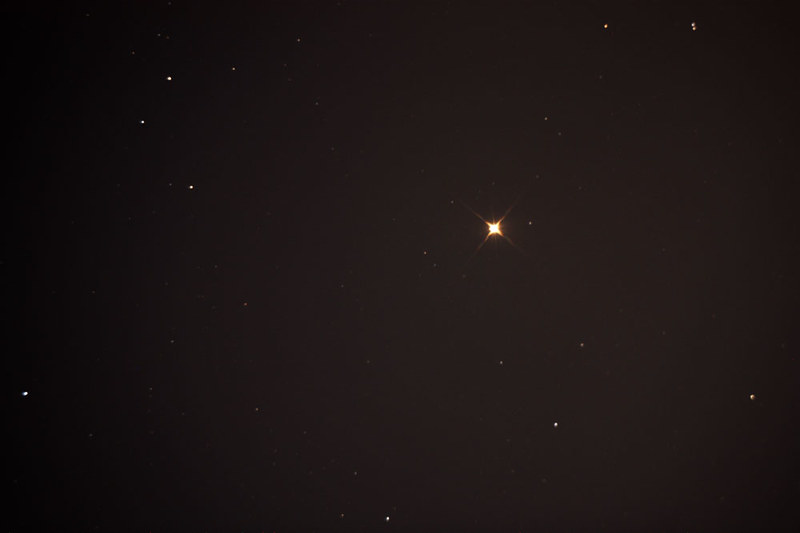
A special event is soon expected in the night sky. One of the biggest and brightest stars, Betelgeuse, will briefly disappear. An asteroid named Leona will pass in front of it, creating a unique eclipse. This amazing sight will happen late on Monday into early Tuesday.
If you are on a path from Central Asia’s Tajikistan and Armenia through Turkey, Greece, Italy, and Spain, all the way to Miami, the Florida Keys, and certain parts of Mexico, you’re in for a treat.
Betelgeuse, the star, is a red supergiant in the Orion constellation. The asteroid, Leona, is a slow-spinning space rock hanging out in the main asteroid belt between Mars and Jupiter.
Eclipse involving Leona
Astronomers are eager to uncover more about Betelgeuse and Leona during the upcoming eclipse, expected to last a mere fifteen seconds.
In a previous eclipse involving Leona and a fainter star in September, a team led by Spain estimated the asteroid to be around thirty-four miles wide and fifty miles long (fifty-five kilometers wide and eighty kilometers long).
However, there’s still some uncertainty surrounding these measurements, as well as the size of Betelgeuse and its vast atmosphere. The main question is whether the asteroid will block out the entire star, creating a total eclipse.
Alternatively, it might result in a “ring of fire” eclipse, creating a tiny, fiery border around the star. If it is a total eclipse, astronomers are unsure how long Betelgeuse will be completely hidden. Perhaps it may only be up to ten seconds.
Astronomer Gianluca Masa, the founder of the Virtual Telescope Project, said of the phenomenon, “Which scenario we will see is uncertain, making the event even more intriguing.” The Virtual Telescope Project will provide a live webcast of the event from Italy.
Details about the bright star
Betelgeuse, located roughly seven hundred light-years away, is easily visible to the naked eye, and using binoculars or small telescopes can enhance the view. To put this into perspective, a light-year is an astonishing 5.8 trillion miles.
Betelgeuse is probably already dead. It's just that it's 500 lightyears away, so it might take five centuries before we see the supernova. Or it might happen tomorrow. There's just no way of knowing.
Keep looking up. pic.twitter.com/hFcz5YRe0F
— ☠ 𝑶𝒔𝒊𝒂𝒔 ☠ (@Osiasart) December 5, 2023
Betelgeuse is no ordinary star. It is thousands of times brighter than our sun and about seven hundred times larger. In fact, if it took the place of our sun, it would extend beyond Jupiter, according to NASA.
Despite its grandeur, Betelgeuse is relatively young at just ten million years old, compared to our 4.6 billion-year-old sun. Scientists predict a shorter lifespan for Betelgeuse due to its massive size and the rapid rate at which it is consuming its own material.
In 2019, Betelgeuse made headlines when it experienced a significant dimming. A substantial amount of surface material was expelled into space, creating a dust cloud that temporarily blocked the starlight. Remarkably, within six months, Betelgeuse returned to its usual brightness.
See all the latest news from Greece and the world at Greekreporter.com. Contact our newsroom to report an update or send your story, photos and videos. Follow GR on Google News and subscribe here to our daily email!



